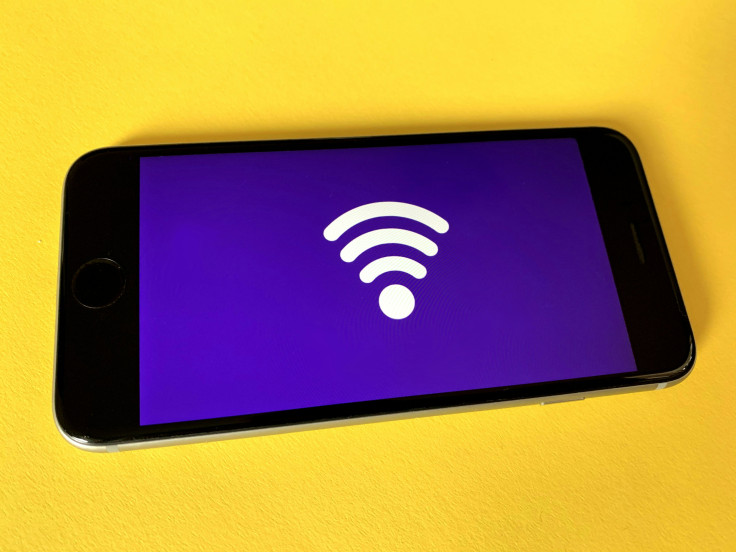
NEW YORK CITY - A government program granting subsidies for internet payments came to an end in May, affecting around 23 million people across the country, a quarter of which are Latinos.
The Affordable Connectivity Program (ACP) expired following failure to get funds from Congress when the White House asked for a $6 billion extension last year. The program gave beneficiaries between $30 and $75 a month to pay for internet services.
Connectivity and internet accessibility has been an issue for the Latino community in recent years. For instance, a survey by the National League of Cities found affordability as one of the main reasons respondents give for not going online. Similarly, 25% of Hispanics cite this as a reason compared to 19% of the entire U.S. population.
"What we discovered during the pandemic is that many of our communities of color did not have internet access," said Mesa, Ariz. Council member David Luna. "This was particularly apparent in our school districts as well as our Latino-owned business. For example, students in Mesa Public Schools were not able to complete their education because there was no internet connectivity available to them."
Now, with ACP recently coming to an end, subscribers may need to find resources to replace the monthly subsidy. While this may be difficult, there are a variety of local and state subsidies, nonprofits and discounted plans from providers that can help ease the transition. Here are some of them.
Lifeline
Lifeline is a federal program that lowers the monthly cost of phone or internet service. It provides $9.25 per month to low-income households for home internet and cellphone calls. To qualify, your income must be 135% or less than the Federal Poverty Guidelines, or $40,500 for a family of four.
You may also be able to get Lifeline if you, or someone in your household, participates in:
- Supplemental Nutrition Assistance Program (SNAP)
- Medicaid
- Supplemental Security Income, or SSI
- Federal Public Housing Assistance, or FPHA
- Veterans Pension and Survivors Benefit
Low-income programs from internet providers
Many internet providers have their own discounted plans available for low-income households, including AT&T, Spectrum and Xfinity. Requirements vary, but they're usually similar to the ACP, one must meet certain income requirements or participate in a federal program like SNAP or the National School Lunch Program.
State and local resources
Some states and cities across the country offer their own local versions of the ACP to help low-income households pay for the internet. California, for example, has a website that allows you to search affordable options in your ZIP code based on various eligibility criteria, and Oregon provides an enhanced Lifeline benefit of $19.25 monthly, according to CNET.
Non profit organizations
These organizations help communities around the country close the digital divide. Some help with monthly internet costs, while others provide devices that connect you to the internet. These organizations all received nonprofit status from the IRS and were vetted by watchdogs like Charity Navigator and Guidestar.org.
© 2025 Latin Times. All rights reserved. Do not reproduce without permission.




